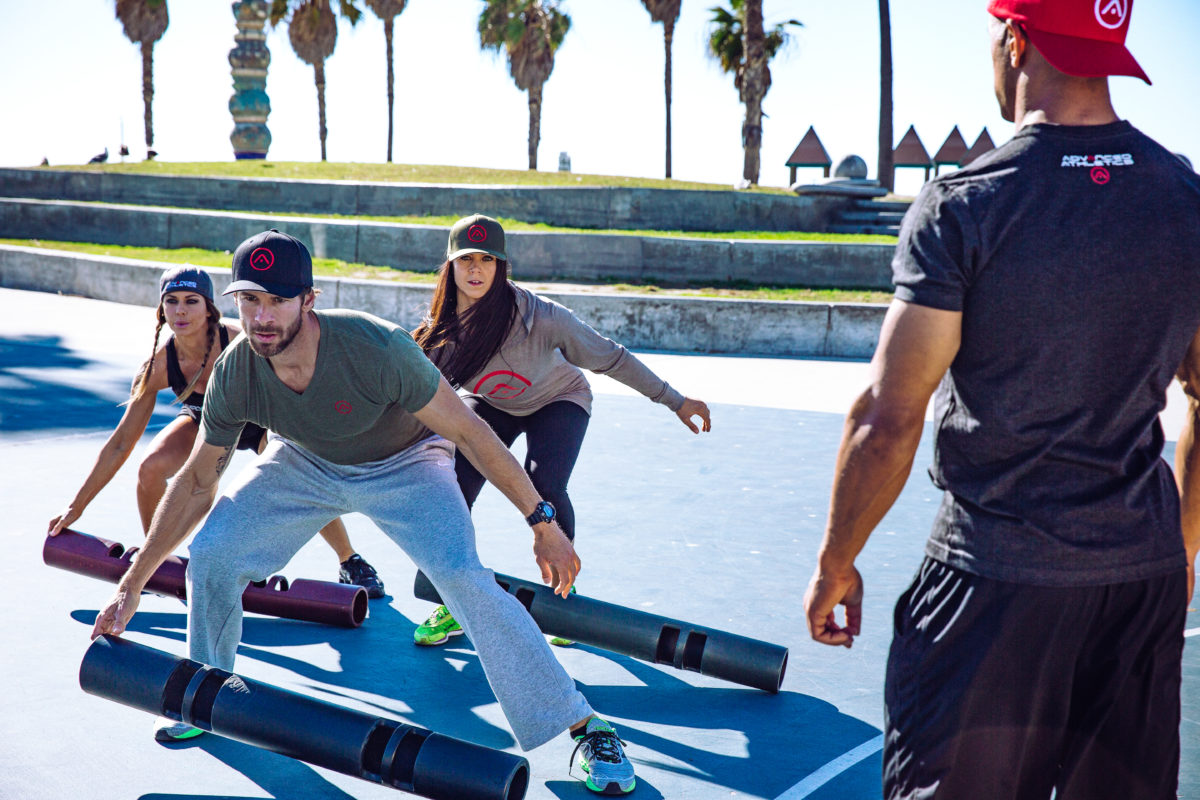Last week, I introduced you to the idea that your underused, dysfunctional joints may very well be playing hide-n-seek with you. If you missed it, click here.
We covered joint dissociation (the ability to stabilize one joint while you accelerate another), the resulting consequences and symptoms to recognize, as well as the reasons joints hide in the first place.
Now, I’ll dig into how you’ll know if your joints are not properly dissociating and what you can do to fit it.
How will you know if your joints are not dissociating properly?
You’ll likely have pain or stiffness in one or more locations in your body.
To starting winning this game, get a movement screen and range of motion test by a trained fitness professional. This can help to locate sources of dysfunction to correct.
How to fix it.
Address all contributing factors, which may include:
1. Restore diaphragmatic breathing patterns with mindful application. Inhaling through the nose instead of the mouth is often a great starter for most people. As that helps activate the diaphragm.
2. Restore optimal joint position and range of motion through mobility exercises. You can optimize this process by applying the practice of irradiation. This is when you initiate a level of tension in your midsection, and then spread that out to your other body parts. And you do this everywhere in the body except for the joint or joints that you are looking to isolate.
The aim would be to get the joints centrated in their capsule where they articulate. This means that there would be a balance of muscles going into the joint so that it will have proper mechanics.
When a joint is in its most optimal position then the stabilizers are in balance. As a result they guide the joint through its most optimal position and range of motion. Then it allows for the larger mobilizers to transfer large forces through that joint without any damage.
3. Regain ideal posture through mindful practice in daily living and in training.
4. Re-educate neuromuscular recruitment patterns by practicing quality fundamental movements.
5. Strengthen and condition those movements once you restore them.
6. Transfer the patterns ito the skill of your sport.
To help make this whole process doable, I’ve created the Search and Rescue Mobility™ (SARM) program.
It’s designed to provide you with individual guidance to establish a daily self-care routine to keep your joints healthy. And you injury-free.
In a couple of weeks, I’ll release the second module, the Lumbo-Pelvic Hip. So stay tuned.
Until then, get started with the first module of the Lower Leg at the introductory price of $8.95 here. The price will return to the regular $19.95 when Module 2 is launched.
As always, stay athletic!
Your coach,
Adam

